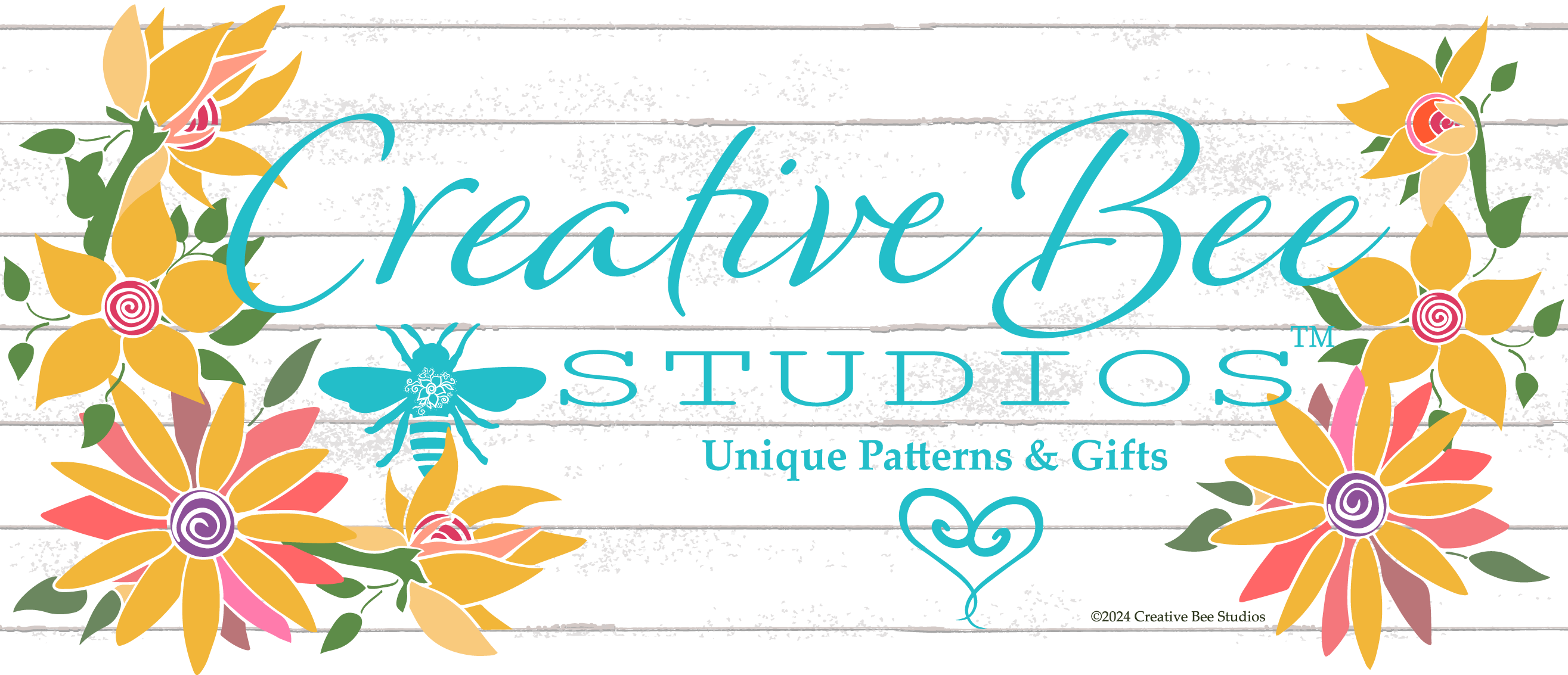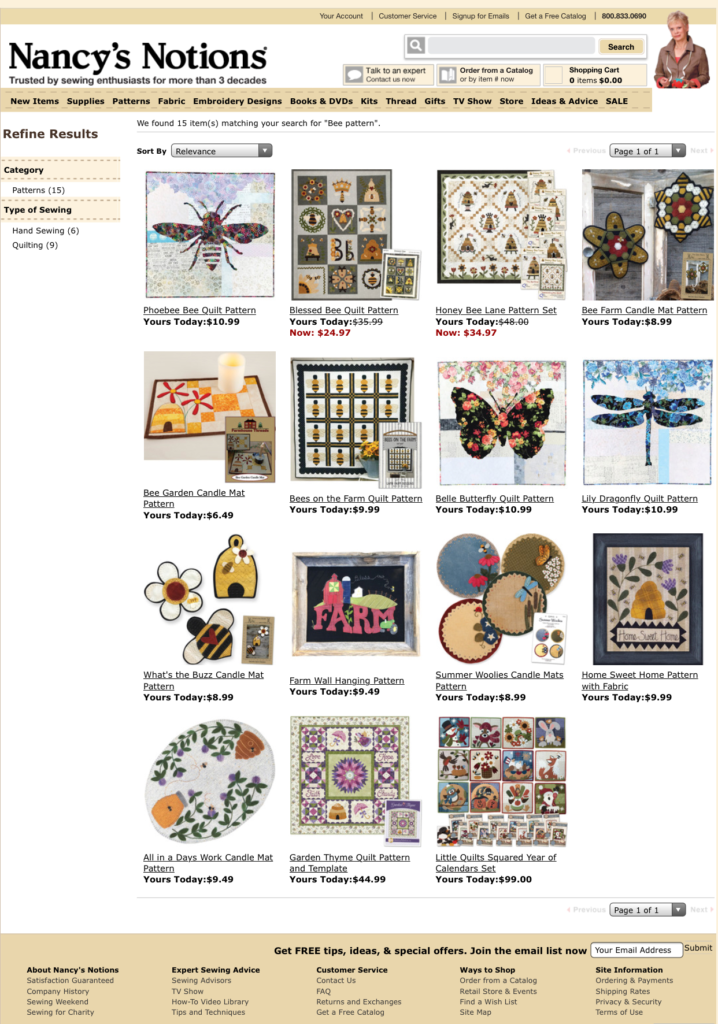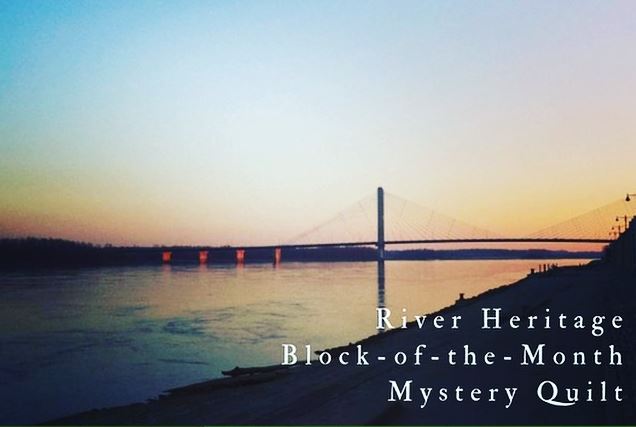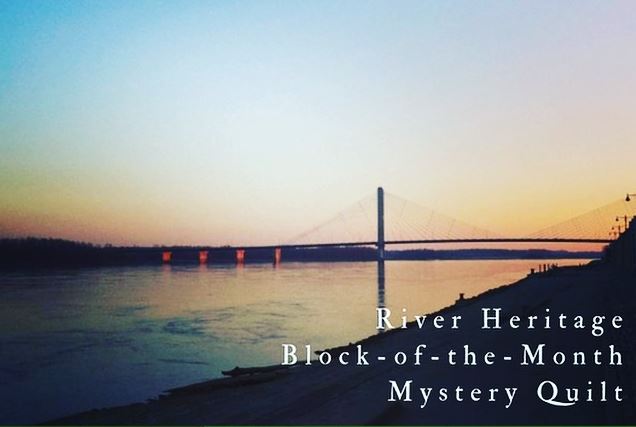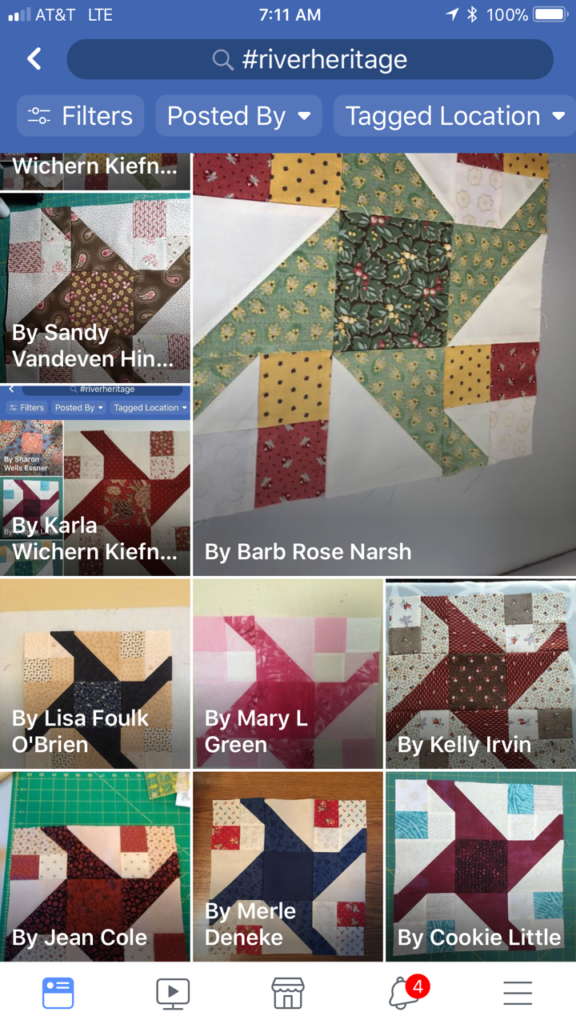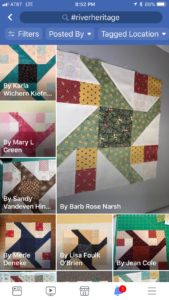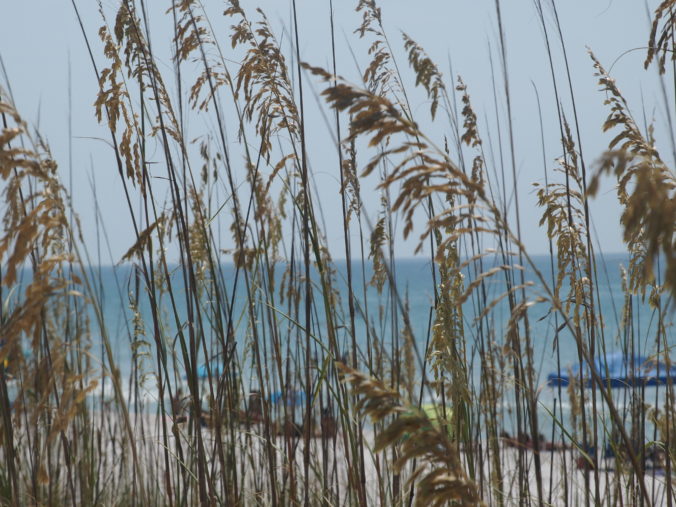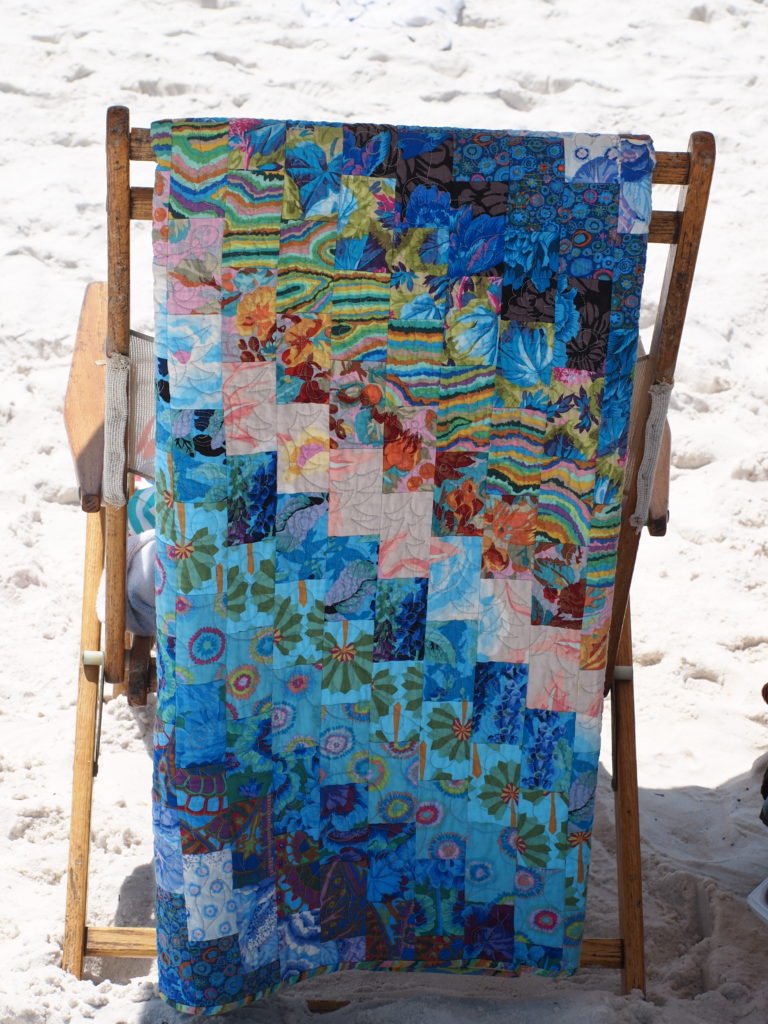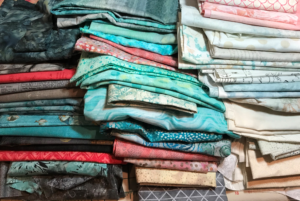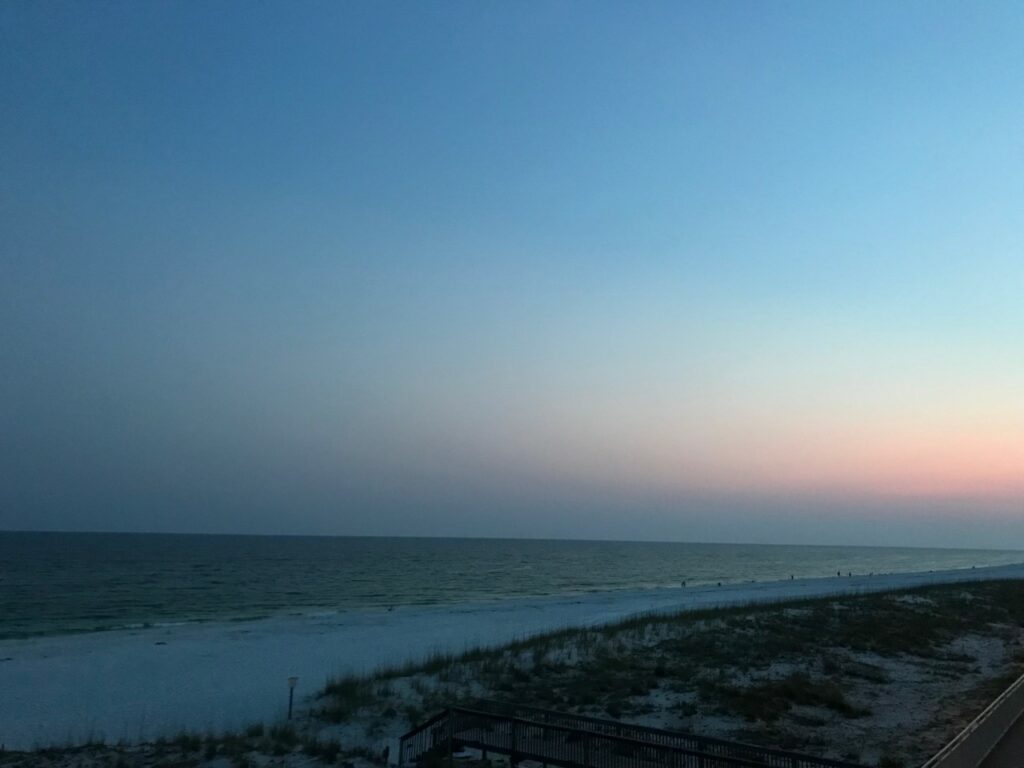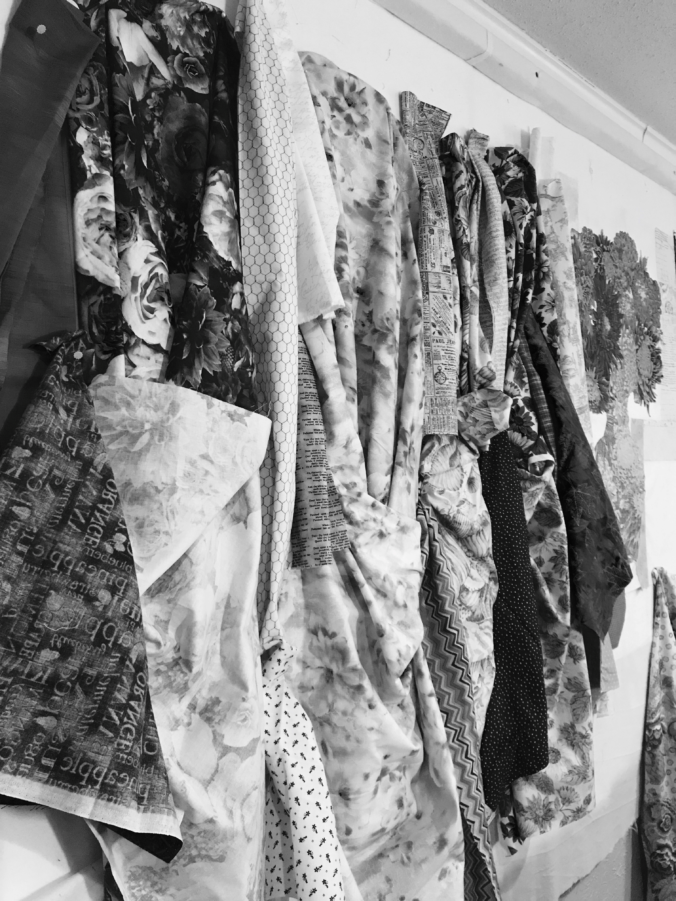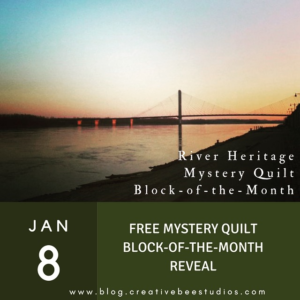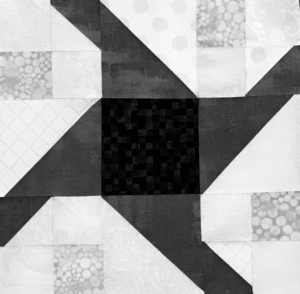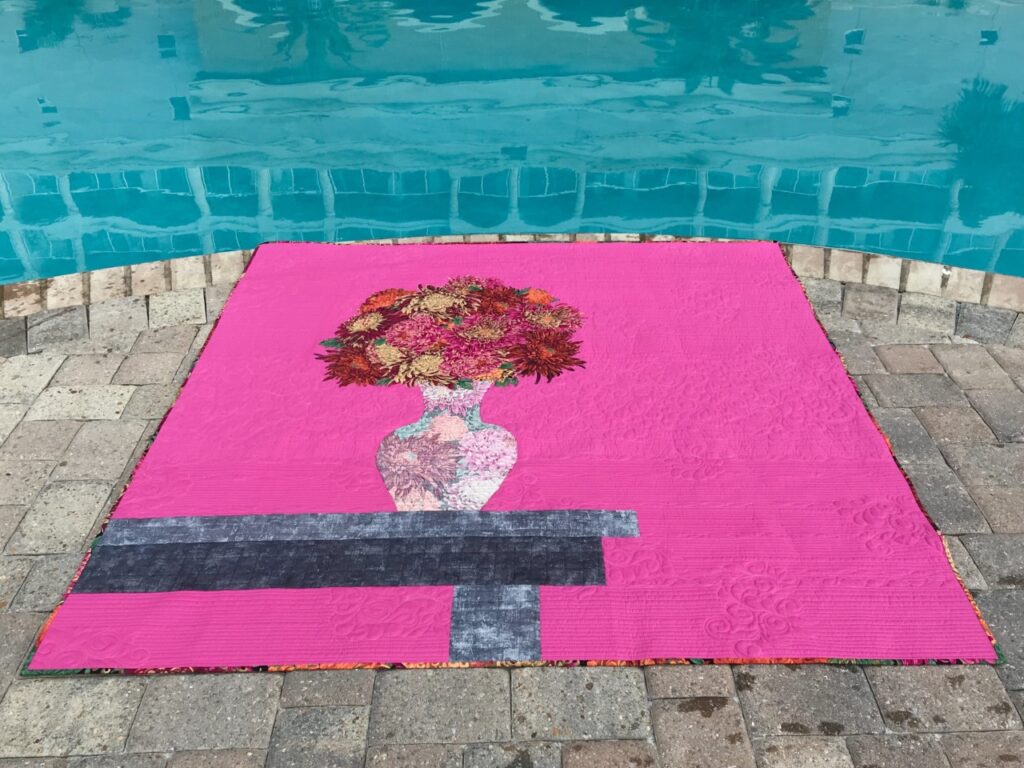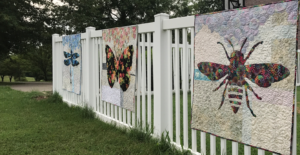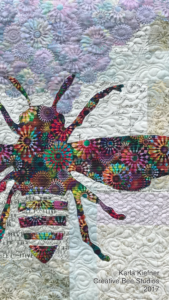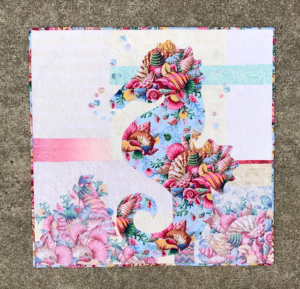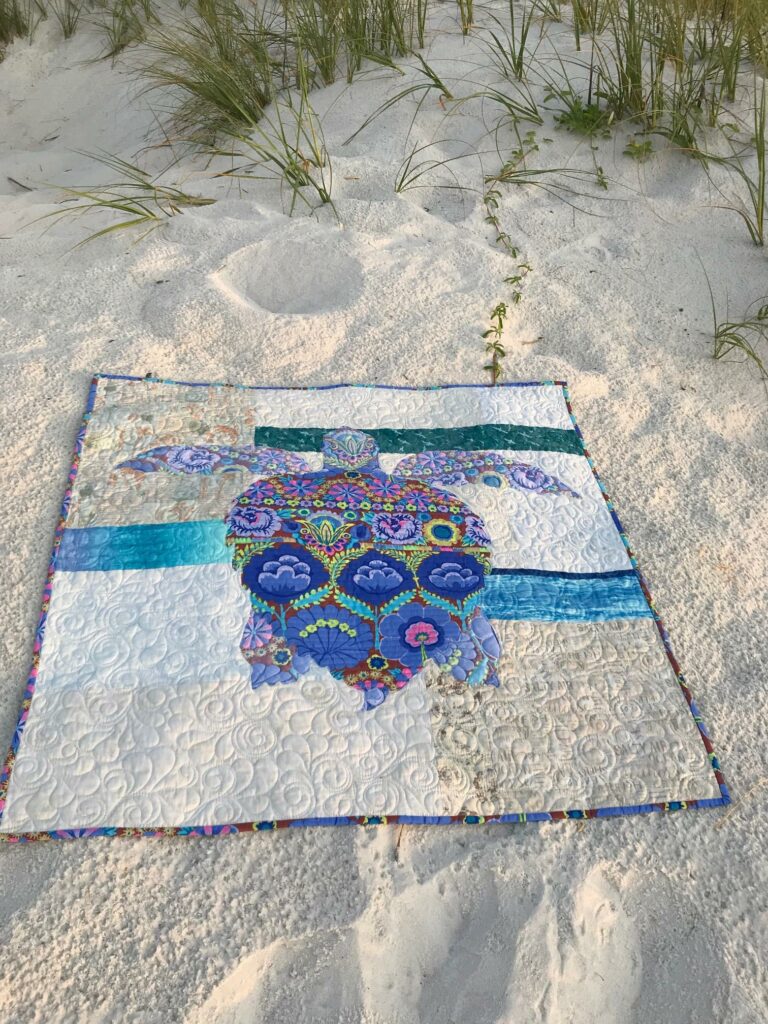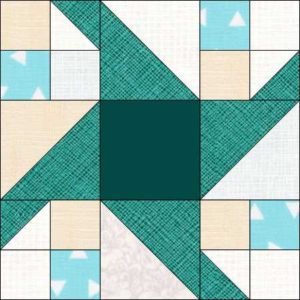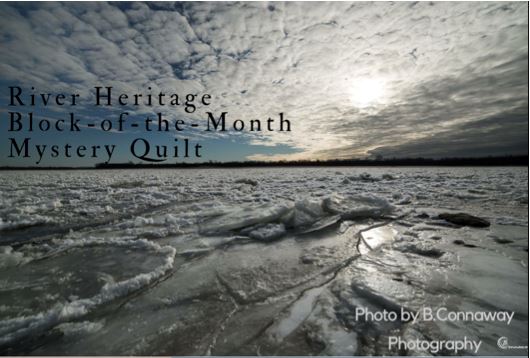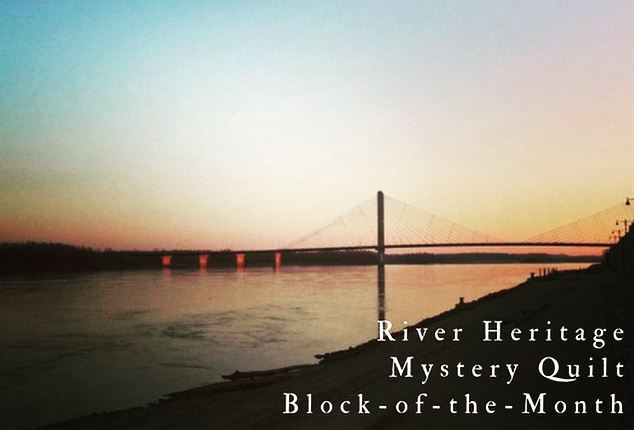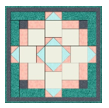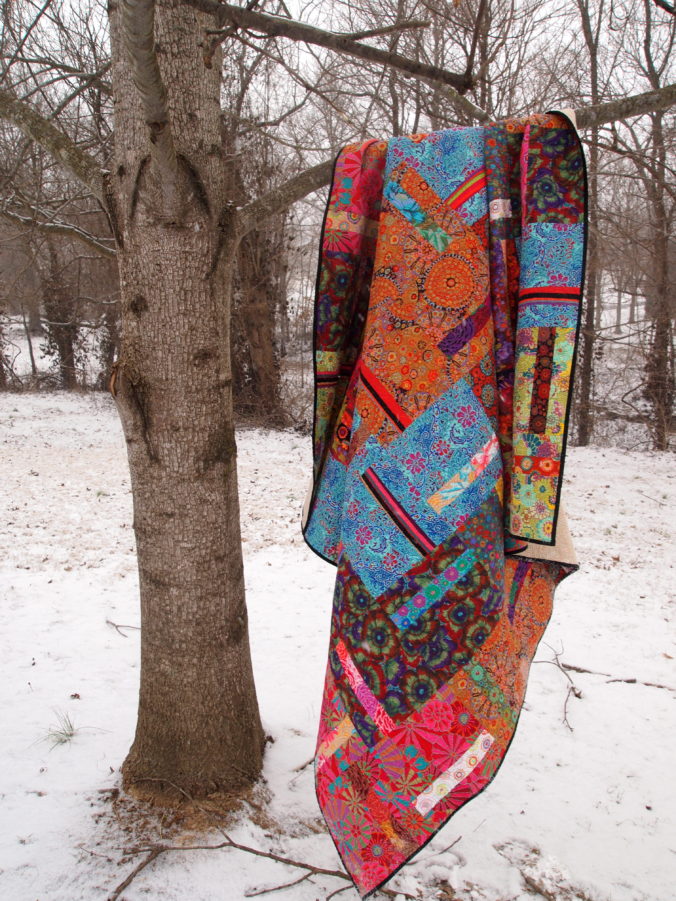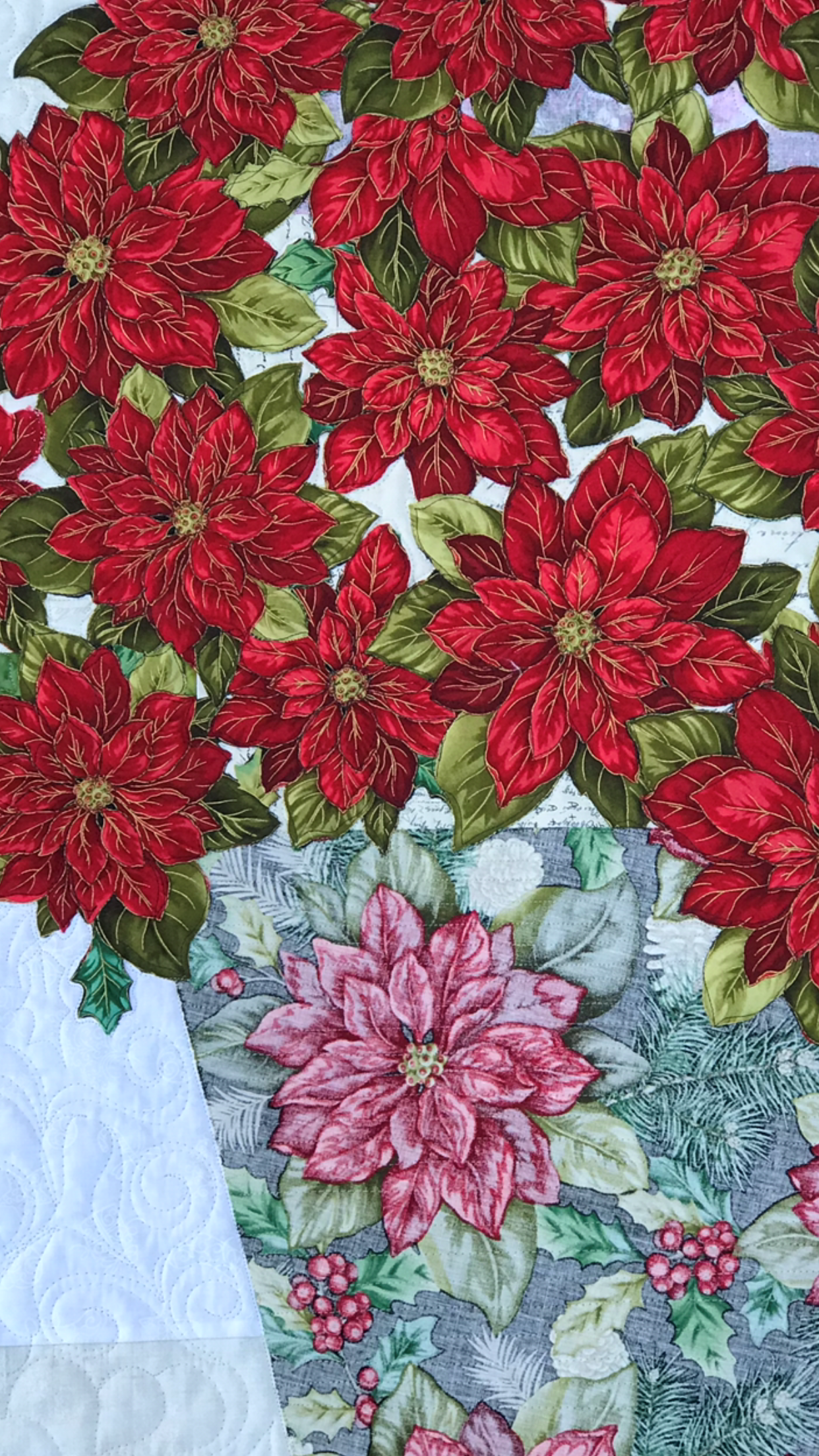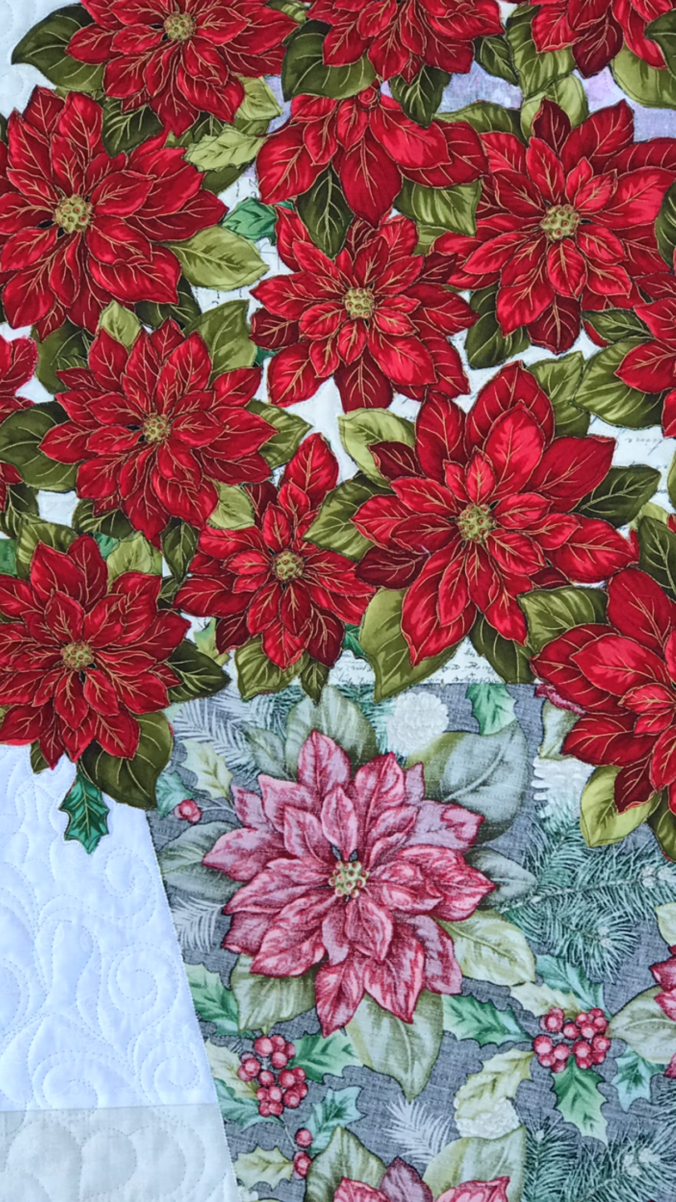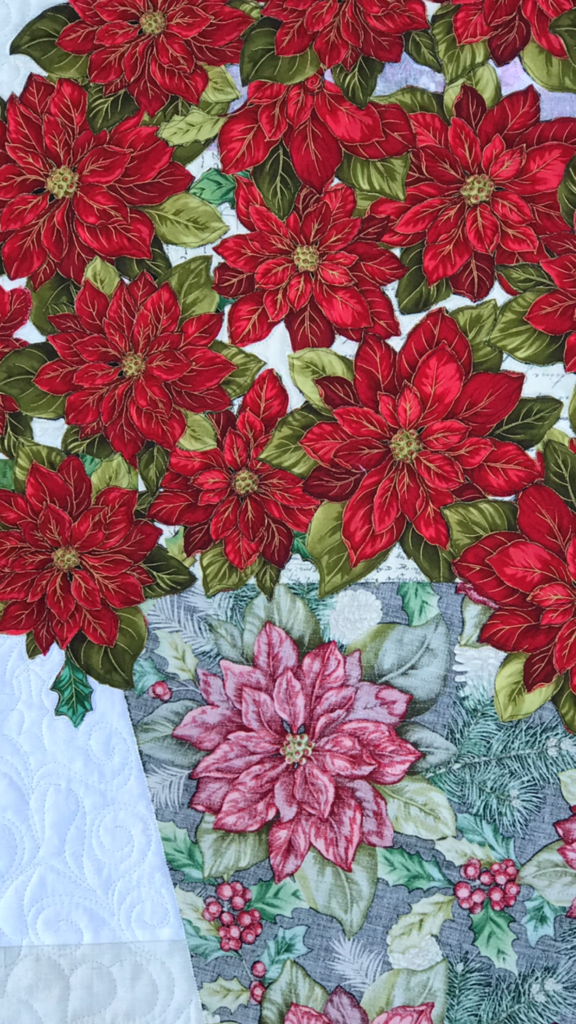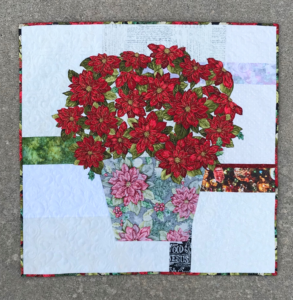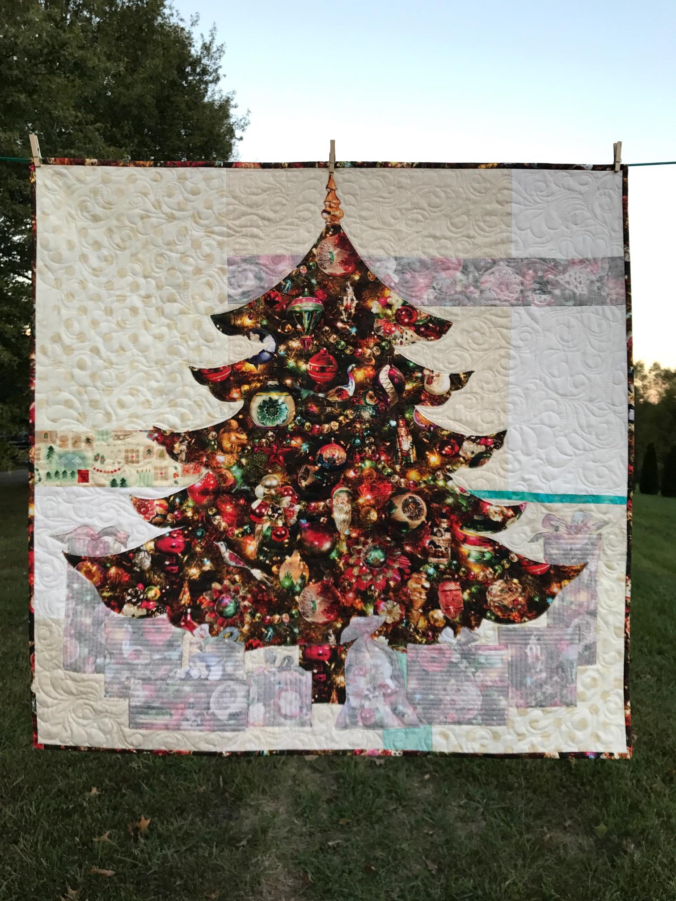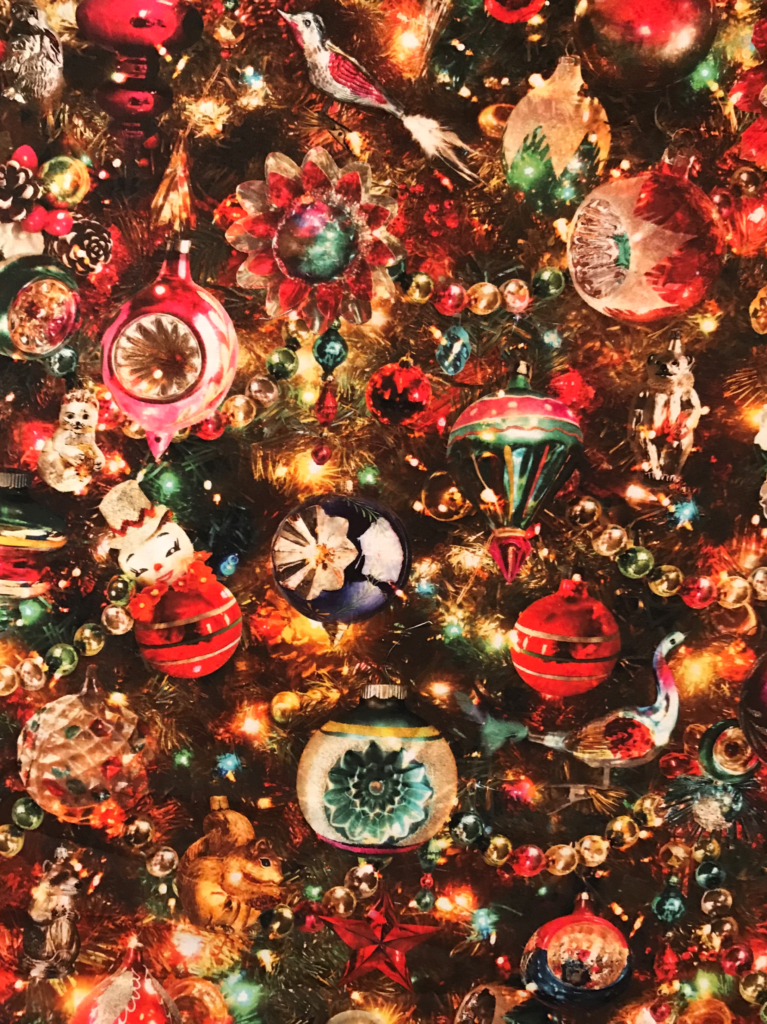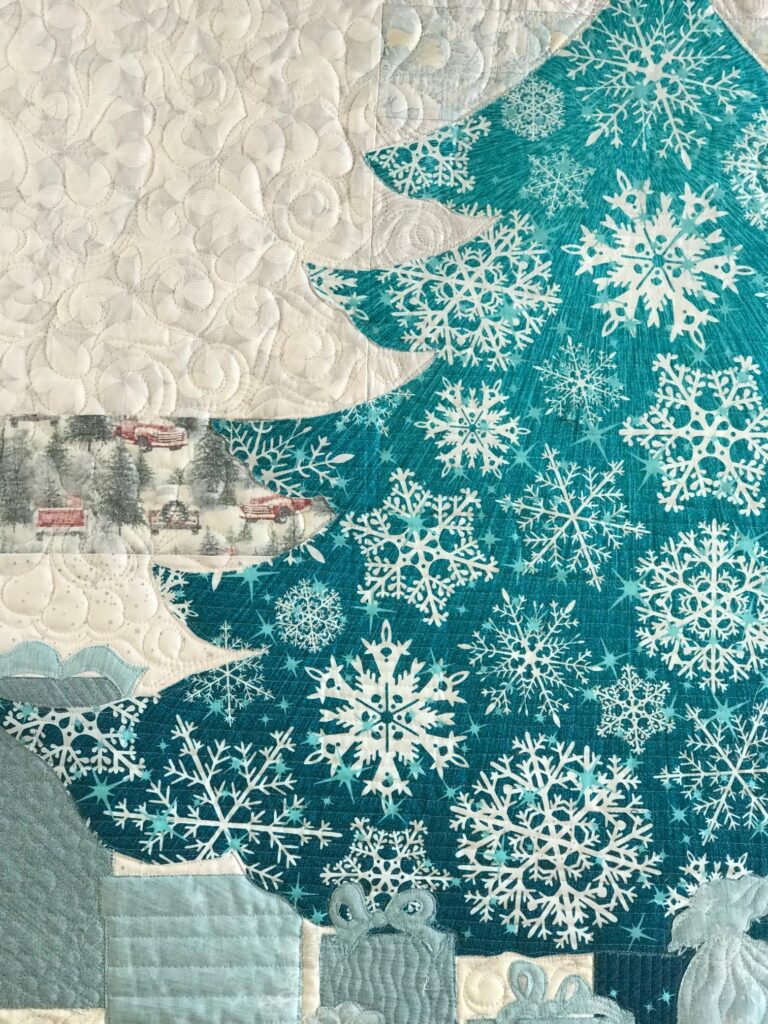Estimated reading time: 3 minutes
Table of contents
Make the Railroad Crossing block for Month Two!
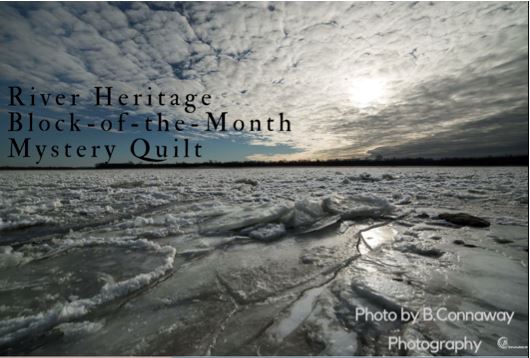
The Railroad Crossing block is the first stop on Month Two of River Heritage! Railroads belong with rivers, for sure. Here’s a view of this track near the Mighty Mississippi River.

About Railroad Crossing Block
This quilt block makes a stunning statement. While there are other versions of this block, this one is a versatile block which could be used in a variety of settings. Furthermore, you could get an interesting secondary pattern by the use of value in large half-square triangle units. This one is a simple, but stunning version. Moreover, this block could make a great stash-busting, scrappy quilt all by itself!
Learn more about VALUE here.
Break down of Railroad Crossing Block
Specifically, this block is made of two half-square triangle units and two four-patch units. Click here for more information on Half-Square Triangle Units.
In the same fashion as the Paddlewheel block, you’ll want to use dark, medium, and light fabrics. Remember to check your values as you choose fabrics and placement. Additionally, It is an easy block to make. It requires only two four-patches units and two half-square triangle units.
Printable PDF: River Heritage Month 2
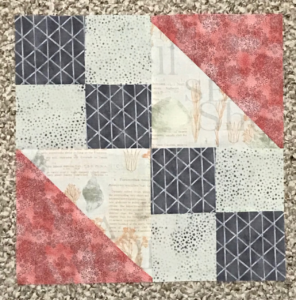
Share your block using #riverheritage on Facebook, Instagram, and Twitter!
A special thank you to my nephew, Blake Kiefner, for letting me use his gorgeous picture of the frozen Mississippi River!
